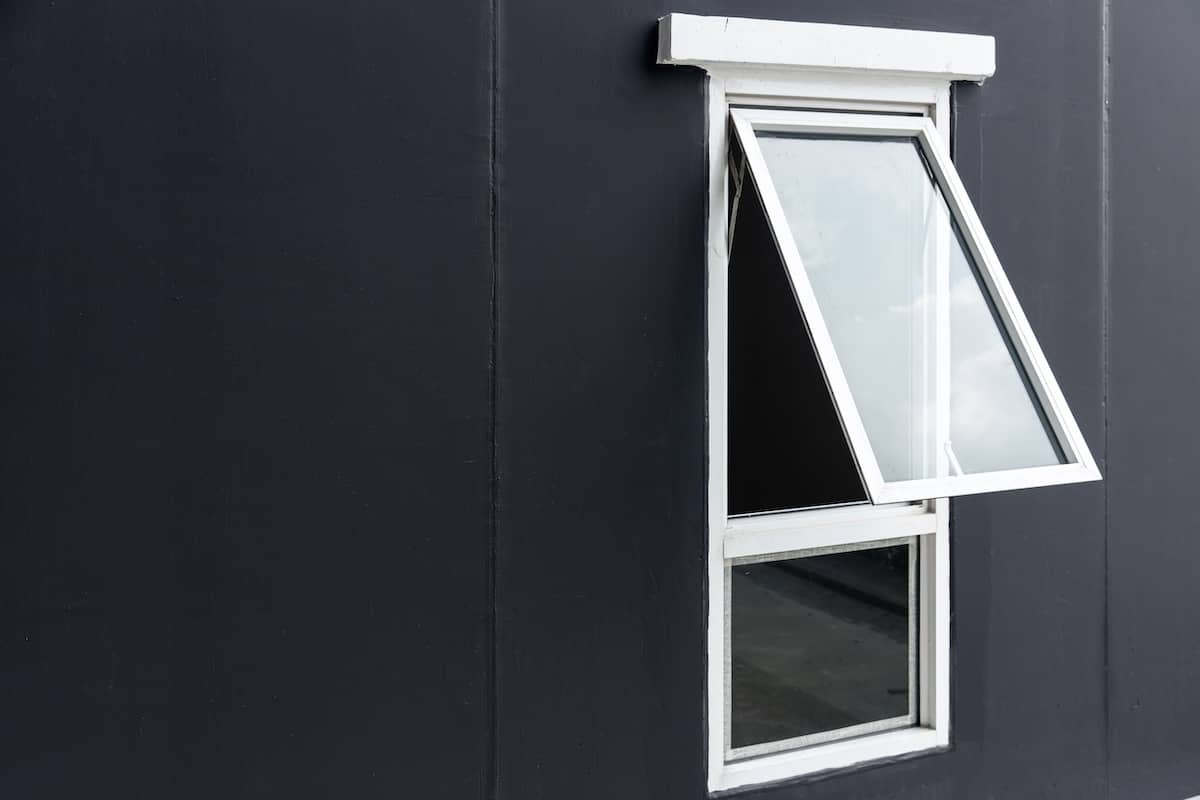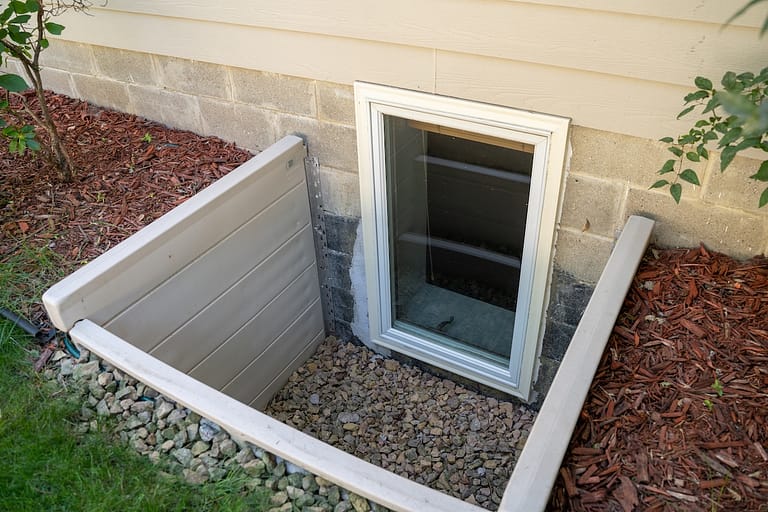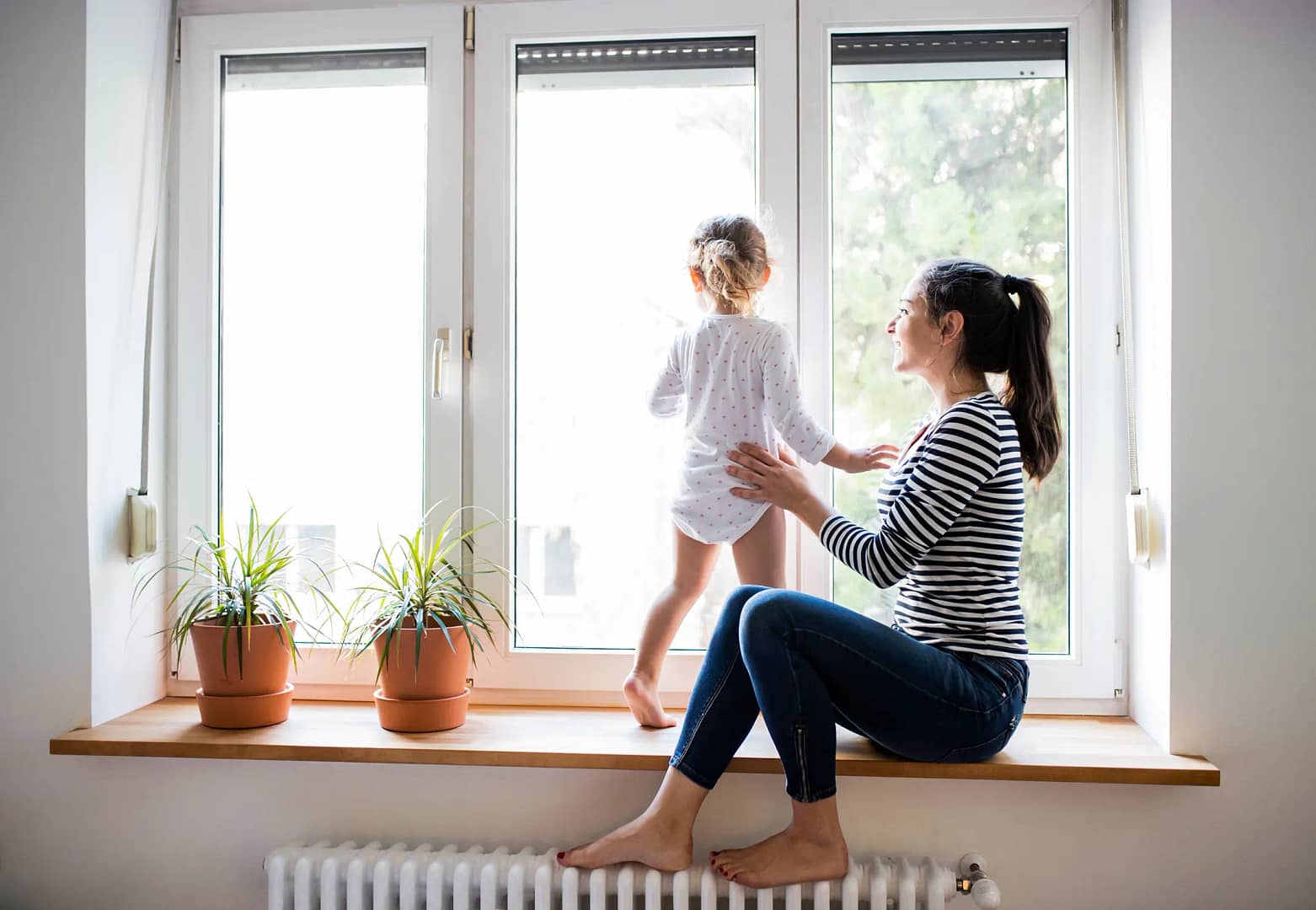Homeowners exploring different window styles often ask, what is an awning window and why is it such a popular choice? Known for their versatility, awning windows hinge at the top and open outward, creating a small roof-like effect that allows for airflow even during rain. Their design is simple yet highly functional, making them a great option for bathrooms, kitchens, basements, or anywhere you want ventilation without sacrificing protection. Whether you’re replacing existing windows or planning upgrades, modern replacement window options make it easy to include awning windows in your design plan.
In this guide, you’ll learn:
- The key features that define an awning window
- Reasons they’re valued in modern home design
- Step-by-step ways to identify when and where to use them
- Comparisons with other popular window styles
- Maintenance and care tips for long-lasting performance
🏠 Why Awning Windows Stand Out
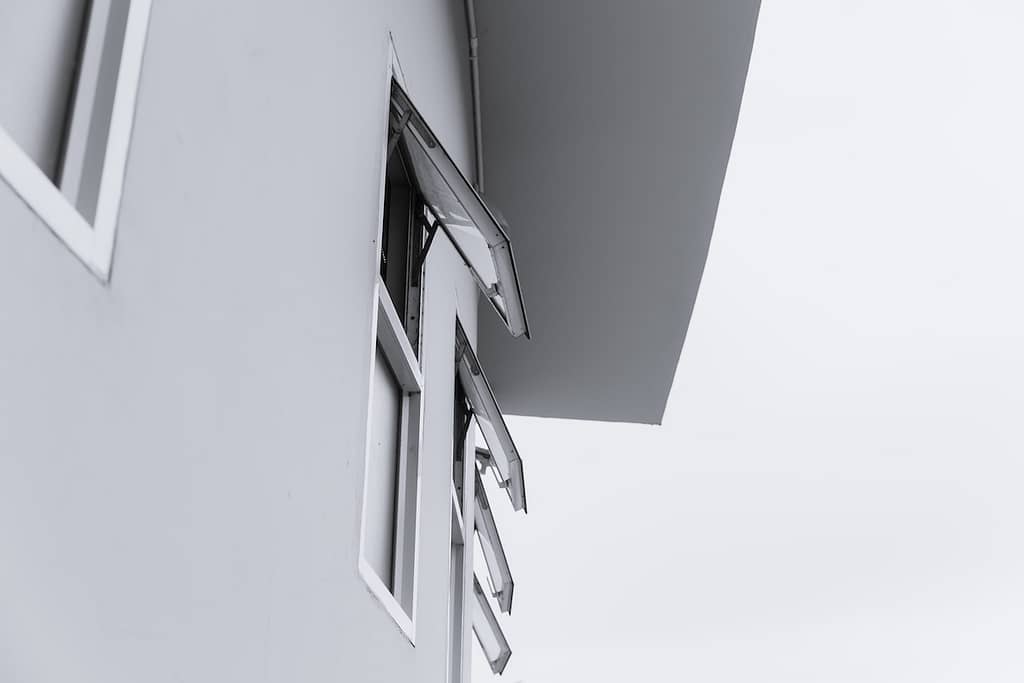
Awning windows are unique because they combine weather protection, ventilation, and energy efficiency in one design. Their practical benefits go beyond appearance, making them a smart investment for homeowners.
- All-Weather Ventilation: Because they open outward from the top, they allow airflow without letting in rain.
- Energy Efficiency: Their tight seal when closed reduces drafts and supports insulation.
- Compact and Versatile: They fit well in tight spaces or high on walls, offering natural light where larger windows won’t work.
- Modern and Clean Aesthetics: Their streamlined design complements both traditional and contemporary homes.
- Added Privacy: Positioned higher on walls, they bring in fresh air and light while limiting outside views.
🪟 5 Key Characteristics of Awning Windows
When learning what an awning window is, it helps to break down the defining features that set them apart. These characteristics guide you in understanding whether this style is right for your home.
1. Hinged at the Top
Unlike casement or sliding windows, awning windows pivot from the top. This design creates a canopy-like effect when opened.
- Keeps out rainwater while allowing ventilation
- Prevents debris from entering the home
2. Crank or Push Mechanism
Most awning windows open with a crank handle, though some use simple push mechanisms.
- Crank handles are smooth and easy to operate
- Push styles provide a minimal, sleek look
3. Compact Size Options
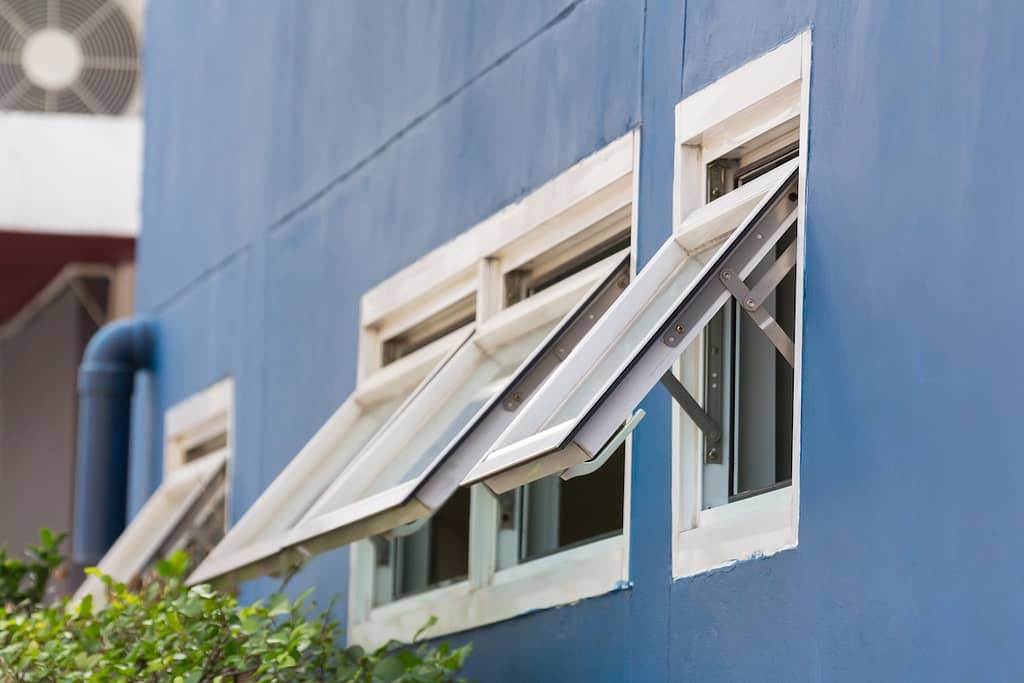
Awning windows are often smaller than standard window types, making them ideal for tight spaces or when paired with larger fixed windows.
- Works well above sinks or countertops
- Fits neatly into basements or utility areas
4. Secure Sealing
The pressure applied by the sash when closed creates a firm seal. This prevents air leakage and keeps energy bills in check.
- Reduces drafts during winter
- Protects indoor comfort year-round
5. Placement Flexibility
Awning windows can be installed higher on walls for privacy or combined with other window types for design variety.
- Popular above picture windows for added ventilation
- Common in bathrooms for privacy plus airflow
🧩 Where Awning Windows Work Best
Awning windows aren’t just a one-size-fits-all solution. Their practical design makes them ideal in specific spaces throughout a home.
Kitchens and Bathrooms
- Provides airflow in humid spaces
- Higher placement ensures privacy without losing light
Basements
- Fits within smaller wall openings
- Allows fresh air without exposing the basement to standing water
Bedrooms
- Adds ventilation above furniture placement
- Can be paired with other window types for style and function
Living Rooms
- Works well when combined with picture windows
- Allows you to enjoy views while still getting ventilation
Modern Homes
- Complements minimalist and contemporary architecture
- Clean lines suit modern materials like aluminum and fiberglass
📝 Comparisons: Awning vs. Other Window Styles

Choosing the right window style often comes down to comparing how each one performs. Here’s how awning windows stack up against other popular options.
- Awning vs. Casement: Casement windows hinge at the side and swing out like a door, while awning windows hinge at the top. Both provide ventilation, but awnings are better for rainy climates.
- Awning vs. Double-Hung: Double-hung windows slide up and down, offering flexible ventilation. Awnings, however, seal more tightly and can fit in smaller spaces.
- Awning vs. Slider: Slider windows move horizontally and are easier to clean, but they don’t block rain as effectively as awning styles.
- Awning vs. Picture Windows: Picture windows are fixed and don’t open, while awnings offer ventilation. Many homeowners combine both styles for light and airflow.
🛡️ Maintenance and Care Tips
Awning windows are designed for durability, but regular maintenance ensures they stay in excellent condition.
Cleaning the Glass
- Open the window fully to access the exterior
- Use mild glass cleaner and a soft cloth
- Avoid abrasive materials that can scratch finishes
Lubricating the Hardware
- Apply silicone spray to crank handles annually
- Check hinges for wear and tighten screws as needed
Inspecting the Seal
- Test weatherstripping for cracks or brittleness
- Replace damaged seals promptly to maintain efficiency
Preventing Moisture Issues
- Ensure exterior caulking remains intact
- Keep drains and ledges clear of dirt and debris
Seasonal Care
- In spring, check for winter-related damage
- Before winter, confirm that the seal closes tightly against drafts
🌟 Bring Awning Windows Into Your Home
Now that you know the answer to what is an awning window, it’s clear why this style has earned its popularity. They’re compact, versatile, energy-efficient, and offer year-round comfort. Whether you’re renovating, finishing a basement, or upgrading your kitchen, awning windows provide a smart solution that balances function and design. If you’d like to explore your options and find out how they can enhance your home, contact us today to speak with a trusted professional.




